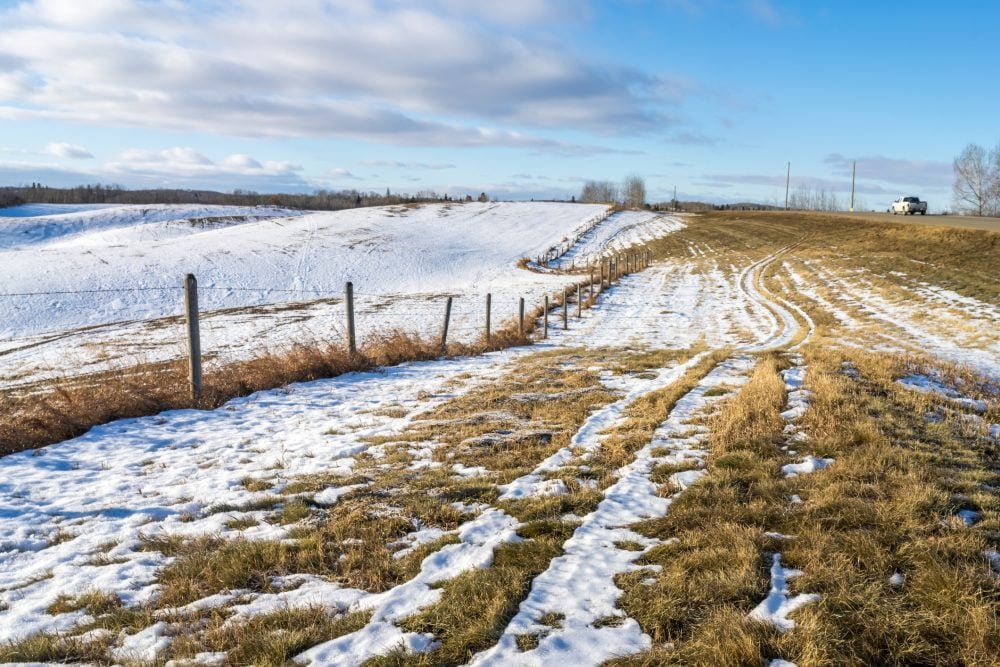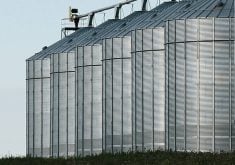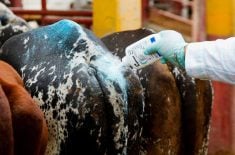CHICAGO (Reuters) — U.S. cattle ranchers are taking advantage of healthier pastures recovering from a protracted drought to further fatten their animals as prices for meat touch record highs, experts said.
Less-expensive grain is already benefiting the entire cattle industry, from supplies of replacement calves to slaughter-ready animals, they said. The price of corn at the Chicago Board of Trade is close to its lowest in four years while CBOT wheat is near a three-year low.
But now, ranchers like David Leaming in Kansas are using fields of winter wheat to reduce their expenses even more.
Read Also

Dryness, drought likely to persist says forecaster
As winter approaches, the dry conditions and drought across much of the Canadian Prairies and the United States Plains will likely persist, said Drew Lerner, meteorologist with World Weather Inc. in Overland Park, Kan.
Leaming has about 200 head of cows and calves grazing on winter wheat for the first time in three years. The animals nibble on up to five-inch blades of wheat that he grows just long enough to allow the rest to mature for spring harvest.
“It’s not costing me a lot to graze these cattle on wheat in a normal year,” said Leaming. “If you happen to buy feed and grain and everything, you’re just saving a lot of that cost,” he said.
As a supplemental feed source, winter wheat grazing can build livestock heavier outside of feedlots cheaper. This year, abundant moisture has benefited pasture, some of which is still recovering from the drought that shriveled crops and shrank the U.S. herd to its smallest in 63 years at 87.73 million head.
The country’s winter wheat has improved substantially, up 25 percentage points, from the drought-stricken year of 2012 when it was rated 33 percent “good to excellent” in the week of Nov. 23, according to the U.S. Department of Agriculture.
Kansas, the country’s top state for winter wheat, drew a 61 percent rating compared with 29 percent two years earlier.
Ranchers like Leaming are still working to rebuild their herds to cash in on soaring cattle prices, which in November hit a record of US$174 per hundredweight.
Once calves become yearlings, many of them are shipped to feedyards, where they are fattened on grain to around 1,350 lbs before being sold to packers. It takes roughly two years to raise a calf through to be ready for slaughter.
But while turning calves out to graze on wheat can reduce those costs even further, it carries a risk. If winter conditions are too harsh, the animals can die, eliminating all profits for the rancher.














